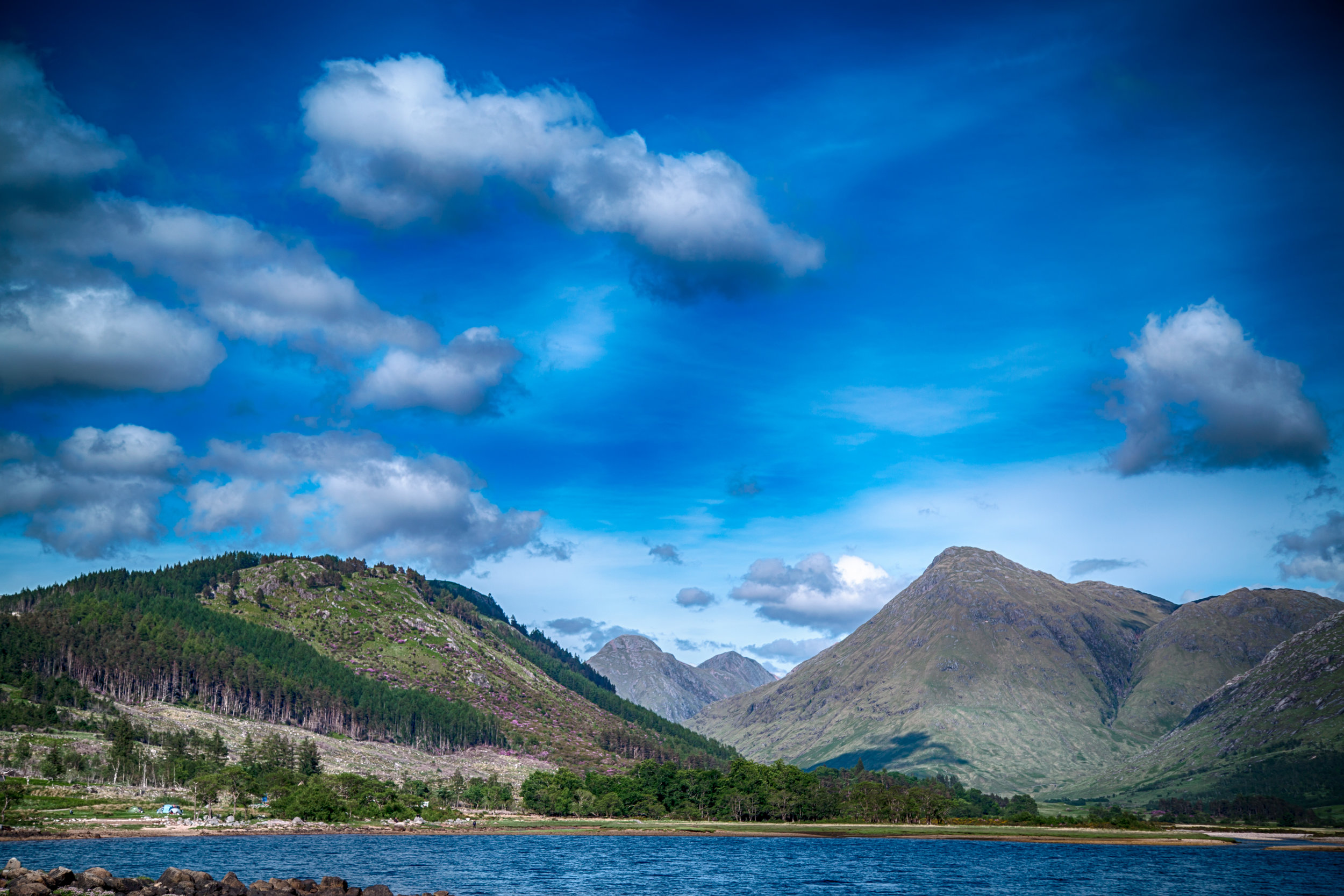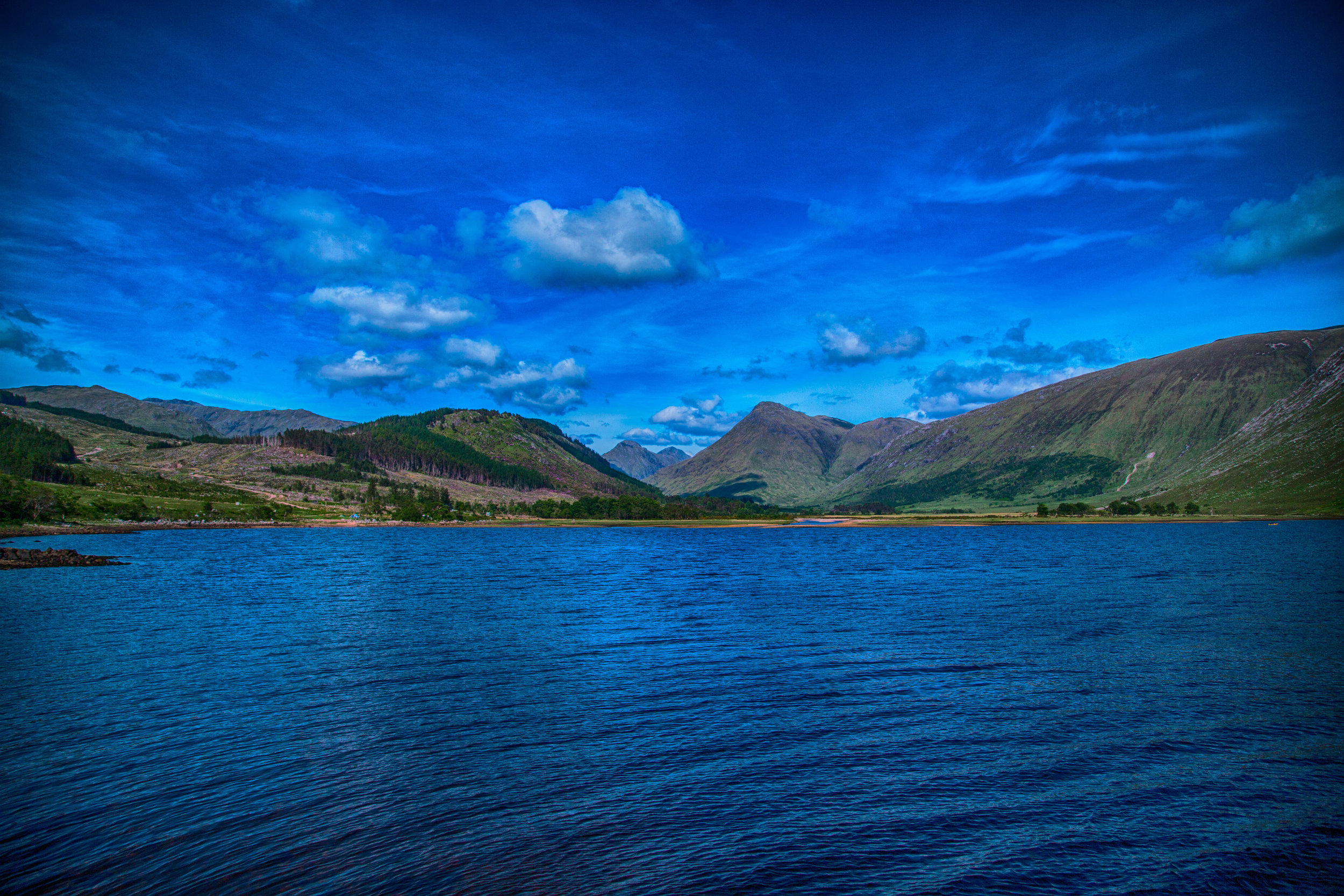A bizarre and beautiful folly (folly - costly ornamental building with no practical purpose, especially a tower or mock-Gothic ruin built in a large garden or park). Yes, I had to google the definition.
The Pineapple, often described as the most bizarre building Scotland, is located in Dunmore Park, near Airth in Stirlingshire. The Pineapple was built in 1761 by the Earl of Dunmore as a summerhouse where he could appreciate the views from his estate. At this time pineapples were among Scotland's most exotic foods. The Dunmore estate was broken up and sold in lots in 1970 and the Pineapple was originally bought by the Countess of Perth and subsequently given to the National Trust for Scotland.
To be honest I am not sure what the National Trust is doing with this amazing place, it's almost as if they don't want people to visit it. The road into the car park is very poorly signposted and the road itself is derelict. There are some nice woodland walks around the folly and the gardens. From what I witnessed, on a sunny Friday afternoon, it is very popular and many people take the time to visit. Don't take the lack of people in my photographs as a sign of how popular this place is though, it's more a sign of my patience than anything.
For some reason I remember going to this building when I was very young and thought it was somewhere in the south of Scotland. Much to my amazement, it's roughly 15 minutes drive away. I have been planning to visit the Pineapple for some time and as it was a rather nice sunny day it seemed like the perfect time to go. I am happy that I took this chance with some free time that I had today.
I took a few different shots, mostly long exposures as the clouds were moving and I like the effect that this creates in photographs (at some point I have to stop with the big stopper). For those on desktops/tablets larger versions can be seen by tapping/clicking on the thumbnail :-)




















